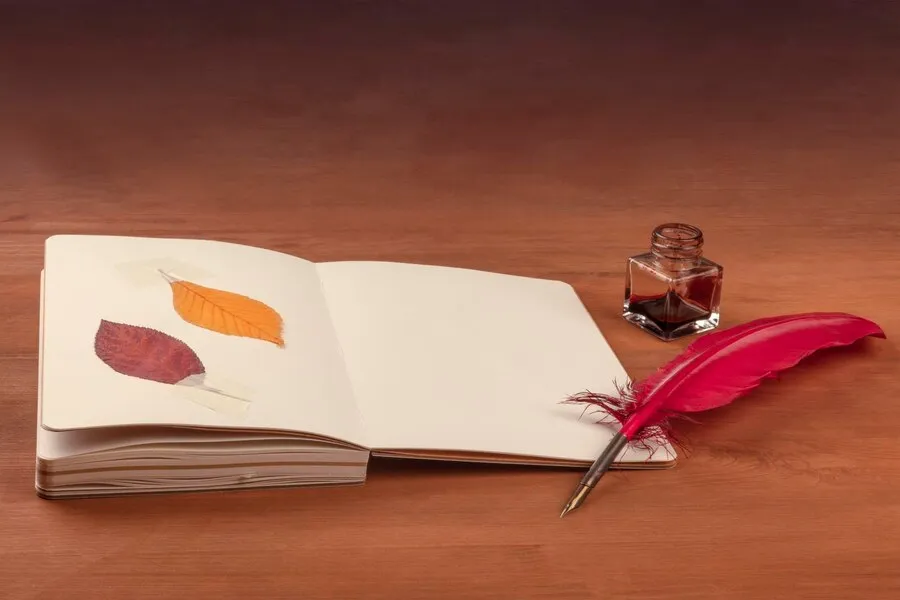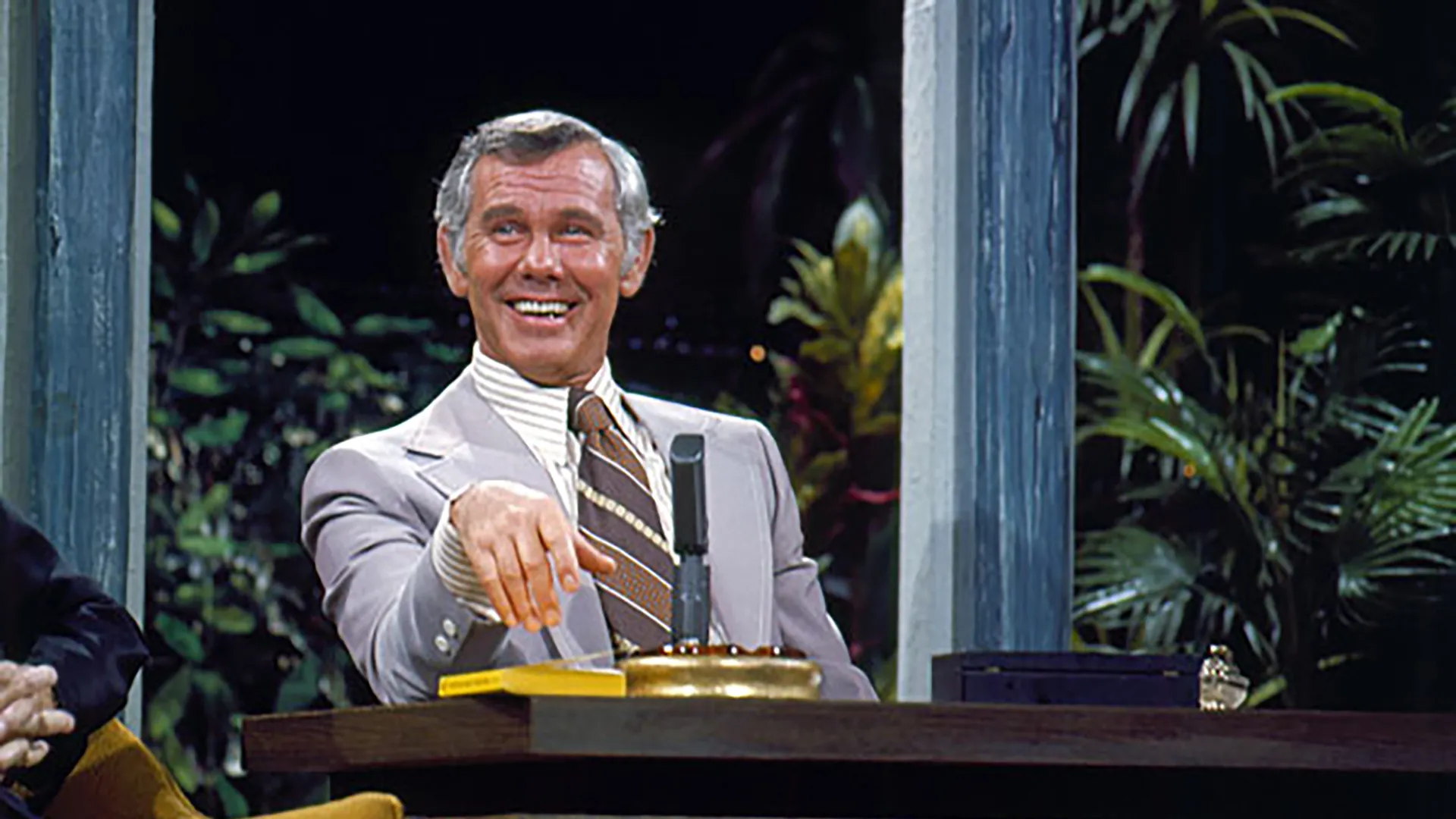Table of Contents
Introduction to Poetry
Poetry is an ancient art form that transcends time and culture, offering a unique blend of rhythm, sound, and meaning that captures the essence of human experience and emotion. It shines a light on both the personal and the universal, weaving narratives as diverse as those who create and enjoy them. Poetry bridges cultures and epochs, uniting readers through a shared appreciation for its beauty and complexity. For those interested in the types of poems available, there is a vast array of genres to discover, each with its own distinct characteristics and appeal.
The journey into poetry is akin to embarking on a voyage of self-discovery and introspection. From epic narratives recounting heroic feats to intimate sonnets whispering tender emotions, poetry provides an expressive outlet for all voices and sentiments. Whether you aim to be inspired or seek to expand your understanding of language and form, abundant resources await you through this enchanting world.
Historical Context and Evolution
The history of poetry stretches back to the dawn of time, with early forms found in the rich oral traditions of ancient civilizations. Epic tales like the Greek poems of Homer or the spiritual hymns of the Rigveda in India played pivotal roles in storytelling and preservation of culture. As written language developed, so did the more structured forms of poetry, ranging from the poetic symmetry of sonnets to the lyrical nature of ballads and the concise yet profound haikus. These forms reflect their respective cultural and historical contexts, providing a snapshot of human expression through the ages.
Over the centuries, poetry evolved and was influenced by various literary and cultural movements such as Romanticism, focusing on emotion and nature, and Modernism, which broke traditional forms to explore new ways of expression. Each era and movement added complexity and depth to poetry, enriching the tapestry of poetic expression that continues to evolve today.
Various Forms and Structures of Poetry
Poetry encompasses a plethora of forms, each with its own unique rules and structures. Traditional forms, such as the sonnet, adhere to specific meter and rhyme schemes, enabling poets to express profound thoughts within the confines of structured elegance. On the other hand, haikus offer a minimalist yet vivid portrayal of nature’s beauty and brevity of life through its 5-7-5 syllable pattern. For those who seek freedom in creativity, free verse abandons the constraints of meter or rhyme, allowing poets unhindered expression. Each form serves a unique purpose, evoking distinct emotions or imagery, which can significantly enhance the writing and reading experience. Understanding these different forms of poetry enables the writer and the reader to better appreciate the art and craft behind this literary genre.
Functions and Purposes of Poetry
Poetry serves an array of purposes beyond mere aesthetic enjoyment. Historically, it has been used to tell epic stories, preserve cultural sagas, convey complex emotions, and voice potent social critiques. In the modern era, poetry acts as both a tool for personal expression and a platform for political activism, providing a voice for marginalized individuals and fostering a sense of community and solidarity. Its capacity to convey deep emotion and incite reflection makes it a potent medium for change and understanding.
Poetry is often found to be therapeutic, offering solace and insight in times of turmoil and allowing for introspection and growth. It is also educational, prompting readers to appreciate diverse perspectives and challenge their preconceived views of the world. The multiplicity of its functions secures poetry’s role as a timeless medium through which humanity can explore its myriad facets.
Poetry in Modern Culture
Poetry continues to adapt and thrive in modern culture, finding new expressions through spoken word performances and digital platforms such as Instagram and Twitter. Festivals dedicated to spoken word poetry have risen to prominence, providing an interactive and immersive experience that engages both performers and their audiences. Social media has democratized the poetry space, enabling voices from all walks of life to share their stories and connect with global audiences, thus broadening the appeal and reach of poetry.
This resurgence shows poetry’s ability to remain relevant and engaging, captivating new generations with fresh perspectives and innovative expressions, confirming its continued importance in cultural and artistic spheres.
How to Start Writing Poetry
Embarking as a poet can be an exhilarating yet daunting experience. Here’s a simple guide for beginners to dive into the world of poetry:
- Read extensively across different genres and forms to gain a broad perspective and understanding of poetry.
- Keep a journal to capture spontaneous thoughts and inspiration, allowing for a continuous creativity flow.
- Experiment with various types of poems to find your unique voice and style that resonates with you.
- Embrace peer feedback, and get involved in poetry groups or workshops to refine your skills and deepen your understanding of poetry.
The beauty of poetry lies in its infinite possibilities and ability to express nuanced emotions and stories. Each attempt contributes to the poet’s growth and broadens the poetic landscape.
Also Read: Top Benefits of Using Custom Media Blasting Solutions
Common Questions About Poetry
What makes a poem a ‘poem’? This is a question that many wrestle with. While there is no definitive answer, a poem often employs figurative language, evokes emotions, and provides a rhythmical flow. The impact of poetry hinges on personal interpretation, with each poem offering distinct experiences and resonances to individual readers.
Final Thoughts
The world of poetry is vast and vibrant, offering an invaluable platform for reflection, expression, and connectivity. As both a reader and writer, poetry invites you to engage with language in a deeply personal and transformative manner. Its universal appeal and enduring nature continue to captivate and inspire, making poetry an ever-relevant force in artistic expression.




